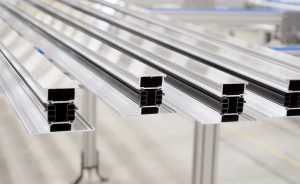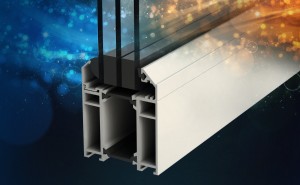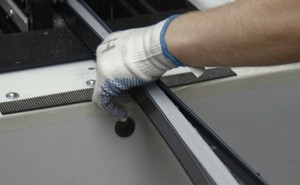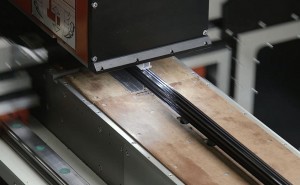R-value, K-value, U-value, lambda value. Any idea what these terms refer to? They all concern insulation. Each value represents the insulating capacity of a house or building component. Let’s take a look at what they mean.

U-value: the lower, the better
R-value
The R-value or thermal resistance coefficient indicates how well a layer of material of a certain thickness insulates for temperature differences. In other words, the R-value shows how well heat is retained. The higher the R-value, the better the material insulates. The insulation value (the ƛ or lambda value) and the thickness of the material determine how high this number is.
K-value
The K-value indicates the effectiveness of the overall insulation of a house. A lower K-value means that less heat is lost: the lower the K-value, the better the building is insulated. The K-value is determined by the U-values of all components of a building structure (e.g. windows, roof, floor, exterior walls) and the compactness of the house. Passive houses, for example, have a K-value between 10 and 20.
U-value
The U-value or heat transfer coefficient is the opposite of the R-value; it shows how much heat a specific material loses per square metre. A low U-value indicates a high insulation value: the less heat a building loses, the better.
For windows, a distinction is made between:
- Ug: the U-value of the glass (the g stands for 'glass’), influenced by the number of glass panes (single, double or triple glazing), the width of the cavities, the cavity filling (e.g. argon or krypton), and whether the glass has a heat-resistant coating;
- Uf: the U-value of the profiles (the f stands for ‘frame’);
- Uw: the U-value of the entire window component (the w stands for ‘window’).
The U-value is expressed in W/m2K, which stands for the number of Watts (W) per square metre (/m2) at a temperature difference of 1 degree Kelvin (K). When applied to the Uw value, this is a measurement of how much heat is lost between the two sides of the glass structure per second, per m2, and per degree of temperature difference.
Window profiles contribute to a good U-value
Although this factor is sometimes overlooked, glazing is not the only aspect that determines how well windows are insulated. The profiles are also important (Uf). PVC achieves better scores in this regard than wood. Aluminium windows are a good alternative, provided that a thermal break has been placed. If the aluminium profiles are well insulated – and you can rest assured that they are if the profiles were assembled by an Aluro machine, the Uf-value is easily comparable to PVC windows. Other benefits: aluminium gives your windows a modern look, is durable and 100% recyclable, and requires little maintenance.
In any case, good insulation is very important, since it lowers energy costs and increases the level of comfort inside the building. These advantages are also good for the environment. Proper insulation and lower heating costs also lead to reduced consumption of fossil fuels.
- Peter De Roovere









Leave a comment